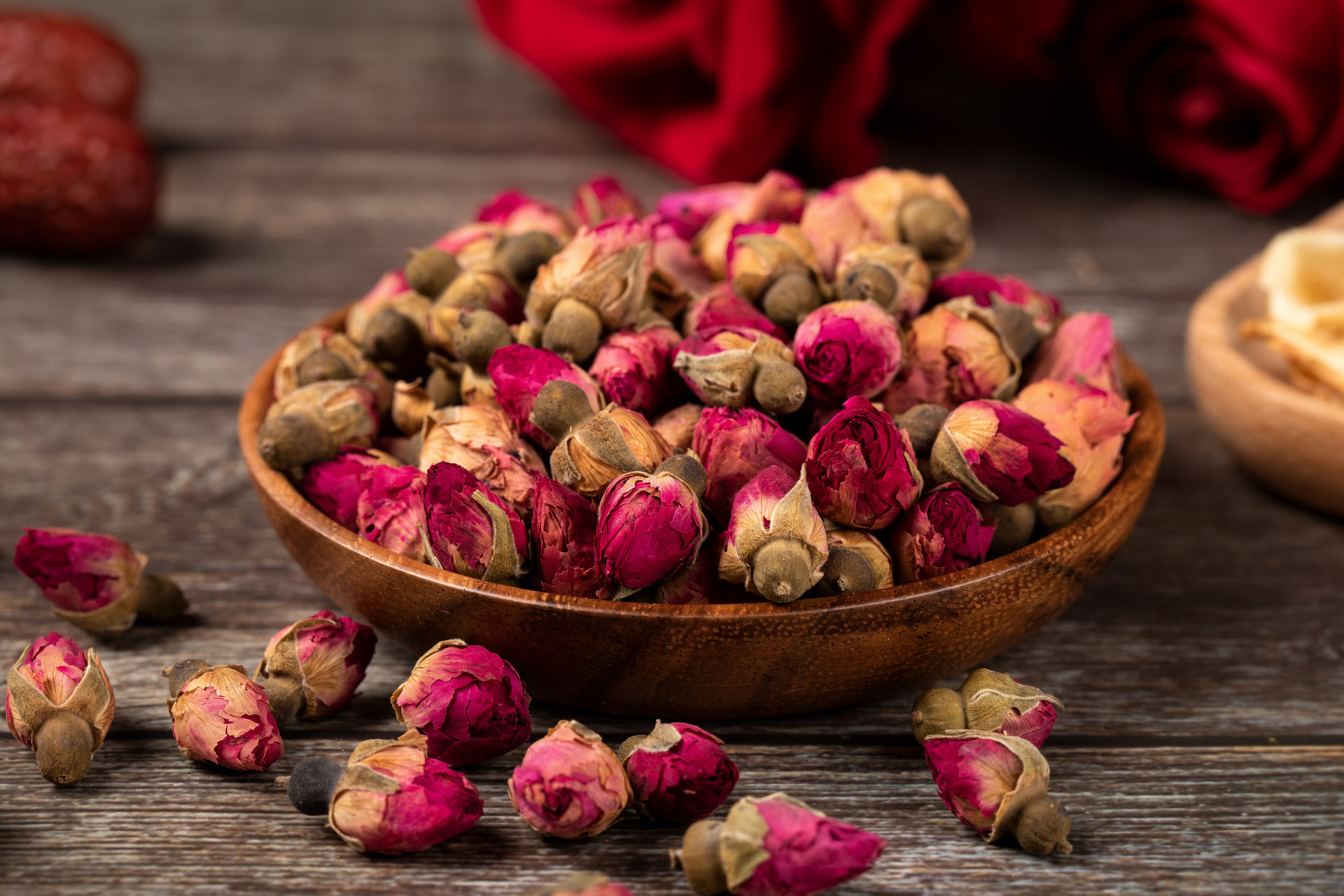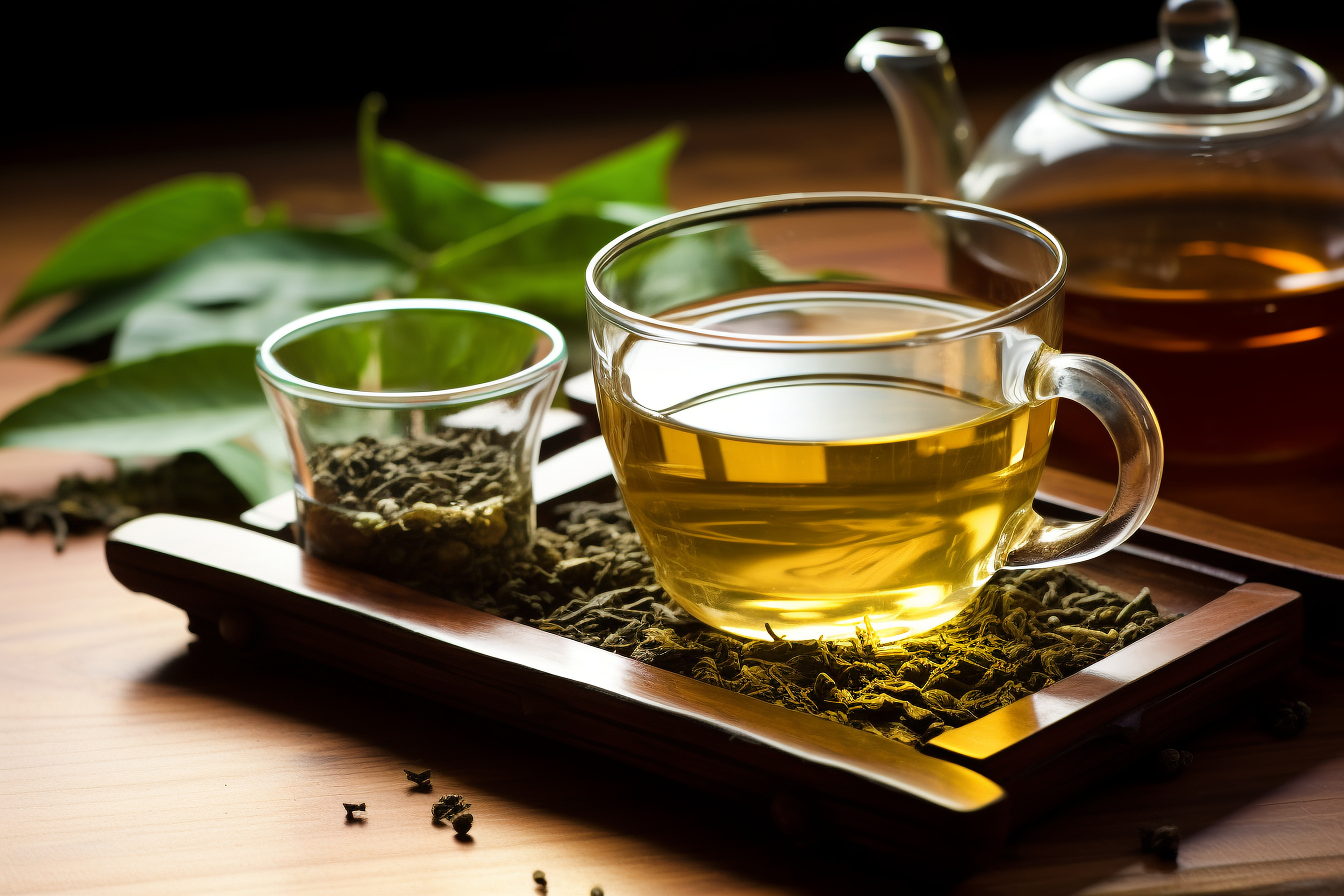I bought a box of saffron for my family, but they don't know how to brew it. They just soak it in cold water and drink it. I would like to ask if saffron can be brewed with cold water.
Can saffron be brewed with cold water?
It is generally not recommended to use cold water.
Saffron is a traditional Chinese medicine. Brewing it with cold water cannot fully extract its medicinal ingredients and cannot fully exert its effects, such as promoting blood circulation and removing blood stasis. Therefore, it is generally not recommended to brew saffron with cold water. It is more appropriate to use boiling water.
What temperature of water is suitable for brewing saffron?
80-90 degrees Celsius.
Saffron is a nourishing herbal medicine with various effects such as promoting blood circulation, removing blood stasis, and calming the mind. It is recommended to brew it with water at around 80-90 degrees Celsius to fully extract its ingredients and maximize its medicinal effects.
Steps for brewing saffron
Steps:
1. Place 5-8 strands of saffron in a teacup.
2. Add boiling water to brew.
3. Cover and let it steep for about 3- minutes.
4. Drink it when the water temperature cools down a bit.
5. You can add water 3-4 times during the process and eat the saffron strands together at the end.
What should be noted when drinking saffron water?
1. Do not take it every day.
Saffron has strong physiological activity and has stimulating effects on the nervous system and blood vessels. Taking saffron water every day may cause mental excitement or symptoms of excessive internal heat. It is recommended to take a break for 1 day after taking it for 3-4 days.
2. Do not take too much.
Saffron is a traditional Chinese medicine with strict dosage regulations. The recommended dosage of saffron is 1-3 grams, and 5-8 strands of saffron are sufficient for brewing. Taking more than 10 grams may cause toxic reactions such as bleeding in the stool, urinary bleeding, vomiting blood, or even confusion.
3. Caution for people with peptic ulcers or bleeding disorders.
Saffron has a blood circulation-promoting effect and can stimulate the smooth muscles of the stomach and intestines, which may cause ulcer rupture or increase bleeding at the bleeding site.
4. Not suitable for pregnant women.
The blood circulation-promoting effect of saffron can stimulate the uterus of pregnant women, causing discomfort in the abdomen and even threatening miscarriage.
5. Caution for women during menstruation.
The blood circulation and blood stasis-resolving effects of saffron can stimulate the blood vessels of the uterus. Taking saffron during menstruation may increase menstrual flow or even cause excessive bleeding. Even if the menstrual flow is light, it is advisable to consult a doctor and use it under the guidance of a doctor to avoid serious consequences.
Other ways to use saffron
Saffron-infused wine
Ingredients: 4 grams of saffron, 500 milliliters of white wine, 1 glass container.
Instructions:
1. Put saffron into the glass container and add white wine.
2. Seal the glass container and shake well.
3. After 7-14 days, it can be opened and consumed.
Saffron porridge
Instructions:
1. Soak 10-15 strands of saffron in a small amount of water.
2. Cook 100 grams of rice into porridge.
3. After the porridge is cooked, add saffron and stir well.
4. Cook for another 5-10 minutes. Add honey or salt to taste.
Saffron soup
Instructions:
Ingredients: 500 grams of chicken, 3 grams of saffron, wolfberries, ginger slices, salt to taste.
1. Cut the chicken into large pieces and blanch them in water.
2. Rinse with cold water to remove impurities.
3. Put the prepared chicken, saffron, wolfberries, and ginger slices into a stew pot.
4. Pour in an appropriate amount of water.
5. Boil over high heat, then simmer on low heat for about 2 hours.
6. Add salt before serving.












